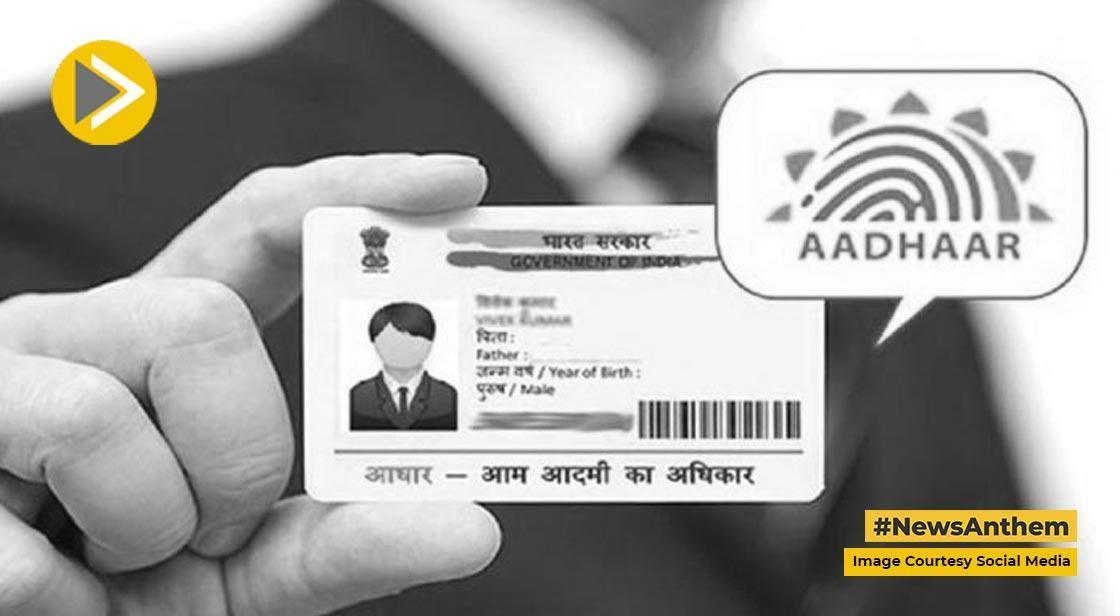UIDAI Launches SITAA to Tackle Deepfakes and Strengthen Aadhaar Security

News Synopsis
The Unique Identification Authority of India (UIDAI) has unveiled a major innovation initiative named Scheme for Innovation and Technology Association with Aadhaar (SITAA). This programme is aimed at advancing India’s digital identity ecosystem through collaborative efforts with startups, academia and industry.
Its core objective is to foster indigenous, AI-driven solutions that enhance the security, scalability and resilience of Aadhaar authentication.
UIDAI Introduces SITAA to Secure India’s Aadhaar Ecosystem
Under SITAA, UIDAI will focus on developing advanced technologies such as real-time deepfake detection, AI-powered face liveness systems, and contactless fingerprint authentication. The authority has invited proposals for pilot challenges and applications are open until 15 November 2025.
Strategic Partnerships and Support Framework
To support this ambitious initiative, UIDAI has partnered with the MeitY Startup Hub (MSH) and NASSCOM, which will act as strategic enablers. MSH will provide mentoring, incubation and accelerator support while NASSCOM will facilitate industry partnerships and global outreach.
In the official announcement, UIDAI stated:
“The SITAA programme underscores India’s commitment to building a secure, inclusive, and self-reliant digital identity ecosystem.”
SITAA’s Three Core Challenge Themes
Face Liveness Detection
The first challenge invites startups to create software development kits (SDKs) capable of detecting spoofing attempts—such as deepfakes, masks and face morphs—in real time. Solutions must operate effectively across a variety of demographics, devices and conditions and support deployment either on-edge or on-server.
Presentation Attack Detection
The second challenge centres on research institutions developing AI/ML-based systems that identify print attacks, replay attacks, morphing and adversarial manipulations in real or near-real time. These systems must maintain high accuracy, protect user privacy, integrate with Aadhaar APIs and comply with the Aadhaar Act.
Contactless Fingerprint Authentication
For the third challenge, proposals are being solicited for SDKs that work via standard smartphone cameras or affordable imaging devices to perform contactless fingerprint authentication. The requirements include liveness detection, template quality assurance and AFIS-compliant templates, with efficient performance on mobile and edge systems.
Aligning with National Priorities & Future Implications
Through SITAA, UIDAI aims to bolster Aadhaar’s defence mechanisms in an era where biometric fraud and deepfake technologies are becoming increasingly sophisticated. The initiative is fully aligned with India’s broader goals of Digital Public Infrastructure (DPI) and the Atmanirbhar Bharat vision — supporting domestic technological self-reliance.
By catalysing startups and research institutions to build next-generation authentication tools, UIDAI’s programme is not just about incremental improvements — it seeks to transform how identity verification works in India and globally.
Conclusion
With its SITAA initiative, UIDAI is signalling that the future of digital identity lies in home-grown, AI-powered innovation that sits at the intersection of security, scalability and sovereignty. By engaging startups, academia and industry partners to tackle deepfakes, contactless biometrics and adversarial attacks, the authority is preparing Aadhaar to meet the evolving threat landscape.
As biometric fraud, synthetic media and identity-based attacks become more sophisticated, this proactive move could prove pivotal in preserving trust, driving inclusion and maintaining India’s leadership in digital identity. The real test will be how quickly and effectively these pilot solutions translate into large-scale deployment — but with SI TAA, UIDAI has taken a decisive step.
You May Like









